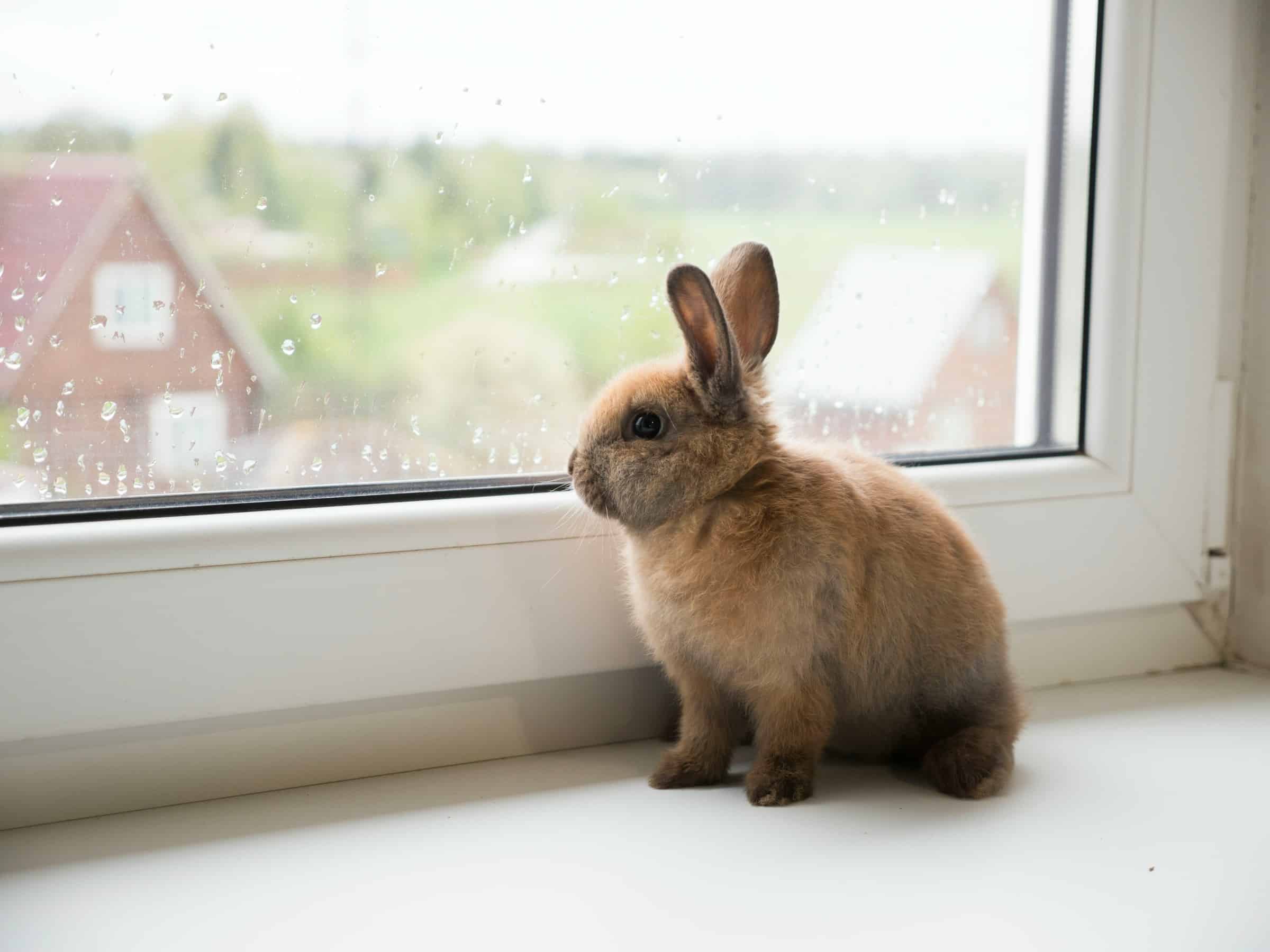What Are the Best Techniques for Winterizing an Outdoor Pet Rabbit Hutch?

As rabbit owners, you will know how vulnerable these adorable pets can be to the cold winter months. A sudden drop in temperature can have serious implications for a rabbit’s health. Therefore, it’s crucial to prepare the rabbit hutch for the cold season before the first freeze comes around. This article will explore the best techniques for winterizing an outdoor pet rabbit hutch, ensuring your fluffy companion remains warm and safe all winter.
Winterizing Your Rabbit Hutch: The Basics
Before diving into the specific winterizing techniques, it’s essential to understand the importance of weather-proofing your rabbit hutch. Outdoor rabbits are exposed to harsh weather conditions, including freezing temperatures, wind, rain, and snow. A well-insulated hutch can make a significant difference by providing a safe and warm refuge for your pet during the winter months.
Avez-vous vu cela : What Are the Essential Steps in Training a Dog for Dock Diving?
The key to successfully winterizing a rabbit hutch revolves around three primary elements: insulation, ventilation, and ensuring access to thawed water. Insulation helps keep the cold out while retaining warmth inside the hutch. Ventilation is vital to prevent condensation buildup that can lead to respiratory problems for your pet. Lastly, you must make sure your rabbit always has access to water, which can freeze in winter and leave your rabbit dehydrated.
Step One: Insulate the Hutch
The first and most crucial step in winterizing your rabbit hutch is insulation. By insulating the hutch, you will create a barrier against the cold and help keep the warmth inside. Various materials can be used for insulation, but straw and hay are particularly effective and safe for rabbits.
Avez-vous vu cela : How to Craft a Custom Environmental Enrichment Plan for a Zoo Elephant?
Begin by lining the floor of the hutch with a thick layer of straw, which is an excellent insulator and provides a comfortable bed for your pet. Hay can be added on top of the straw for added warmth. Keep in mind that hay is also a dietary staple for rabbits, so make sure to stock up for the winter.
For added insulation, consider covering the hutch’s exterior with a tarp or plastic sheeting. This will provide a waterproof barrier and block the wind. However, ensure that adequate ventilation is maintained to avoid the buildup of condensation.
Step Two: Get a Hutch Cover
A hutch cover is an excellent investment to protect your rabbit from the winter elements. Hutch covers are typically made from waterproof material and are designed to fit over your rabbit hutch, providing an additional layer of insulation and protection from wind, rain, and snow.
When selecting a hutch cover, make sure it has clear plastic windows. These windows allow your rabbit to look out and allow you to check on your pet without lifting the cover. Most importantly, the windows should have air vents that can be opened or closed, depending on the weather, to ensure sufficient ventilation.
Step Three: Keep Your Rabbit Hydrated
During the cold winter months, maintaining access to water for your rabbit is paramount. Water can freeze rapidly in low temperatures, leaving your rabbit dehydrated. To prevent this, consider insulating the water bottle or dish. You can use a specially designed insulating cover or simply wrap it in bubble wrap.
Alternatively, you could invest in a heated water bottle or dish. These are specifically designed for outdoor use and will keep the water from freezing even in the coldest weather. Keep in mind that you must monitor the water supply regularly to ensure it is not frozen and your rabbit is drinking enough.
Step Four: Regularly Monitor Your Rabbit’s Health
Even with the best winterizing techniques, it’s incredibly important to keep a close eye on your rabbit’s health during the cold months. Monitor your rabbit regularly for signs of hypothermia, such as shivering, lethargy, and a decreased appetite. Also, check their body condition regularly by feeling their backbone and ribs. If you can’t feel these due to a layer of fat, it’s a sign that your rabbit is well-insulated for winter.
Remember, your rabbit’s well-being is the utmost priority. If the weather becomes too severe, consider moving the hutch to a more sheltered location, like a shed or garage, or even inside your home. With these effective winterizing techniques, you can ensure that your rabbit stays warm, safe, and comfortable throughout the winter season.
Additional Tips to Keep Your Rabbit Warm
While the basic steps of insulating the hutch, using a hutch cover, providing thawed water, and monitoring your rabbit’s health are fundamental to keep your rabbit warm during the cold weather, there are additional steps that can be taken to ensure your rabbit’s comfort and well-being.
One technique is to add a heat source to the hutch. Heat pads, designed for outdoor use, can be a safe and effective way to provide extra warmth. These pads can be placed under the straw bedding for optimal warmth. However, remember to regularly check the heat source to ensure it’s working correctly and is not too hot.
Secondly, consider grouping rabbits together. If you own more than one rabbit, they can share a hutch during the winter months. This will help keep rabbits warm by sharing body heat. The company will also help to combat loneliness, which can be a problem for pet rabbits during the colder seasons.
Lastly, consider providing your rabbit with a rabbit-friendly blanket. A soft, thick, warm blanket can help to keep the cold out and the warmth in. However, be sure to choose a blanket that is safe for rabbits to chew on, as rabbits are notorious for their nibbling habits.
Conclusion: Ensuring Your Pet Rabbit’s Warm Winter
Winterizing an outdoor pet rabbit hutch is a crucial task for any rabbit owner. The cold weather can cause serious health problems for rabbits, but by taking the right steps, you can help to keep your rabbit warm, happy, and healthy throughout the winter months.
Start by insulating the hutch using materials like straw and hay. Next, invest in a good hutch cover to provide an extra layer of protection. Keep your rabbit hydrated by insulating the water bottles, and consider using heat pads, grouping rabbits together, and providing rabbit-friendly blankets for additional warmth.
Most importantly, regularly monitor your rabbit’s health. Look out for signs of hypothermia and ensure they are eating and drinking enough. If the weather becomes too harsh, don’t hesitate to move your rabbit to a more sheltered location to keep them safe.
With these steps in place, you can ensure that your rabbit will enjoy a warm winter, free from potential cold-related health risks. Remember, the goal is not just to survive the winter, but to thrive in it. By taking the time to properly winterize your rabbit hutch, you’re providing a comfortable, safe, and nurturing environment for your rabbit, no matter what the weather outside might be.
